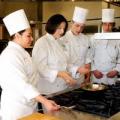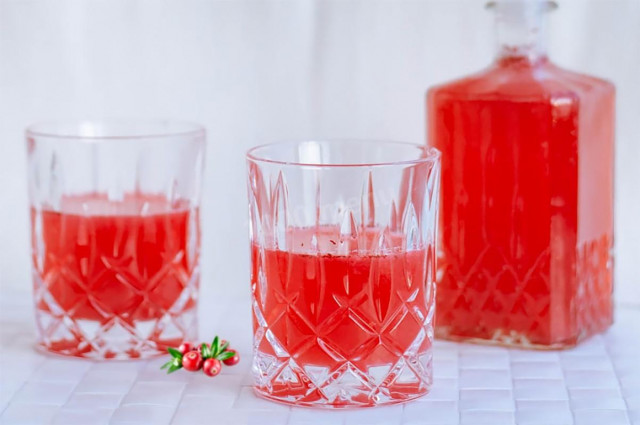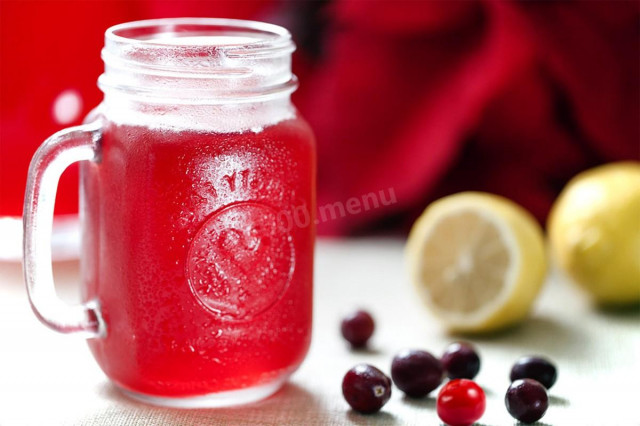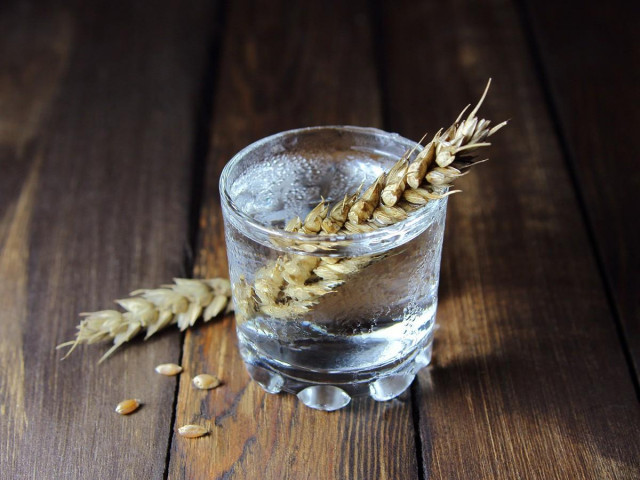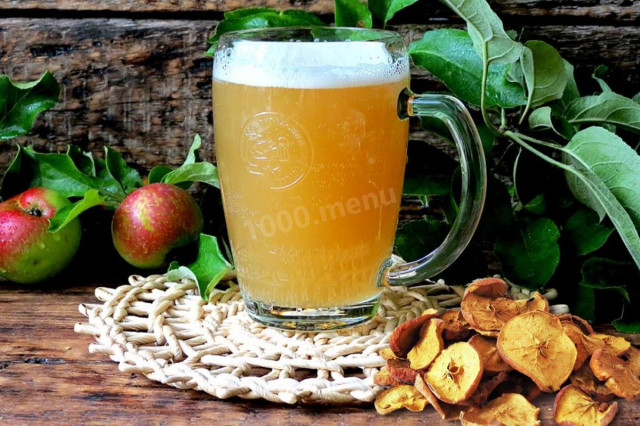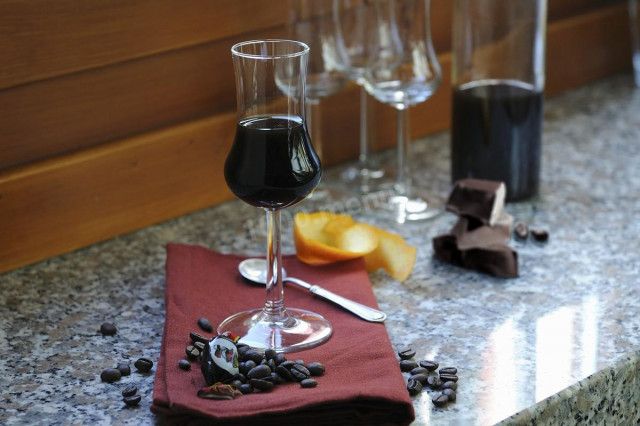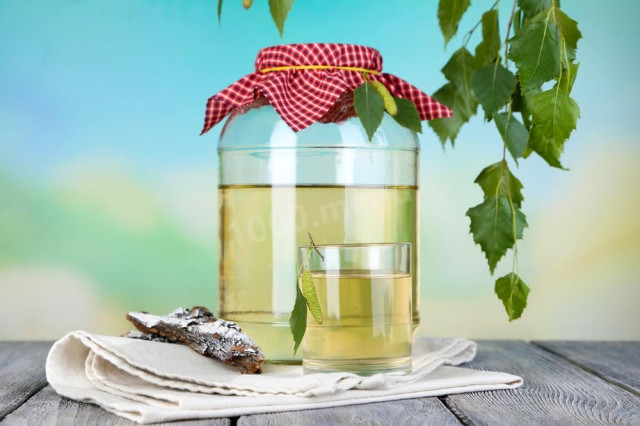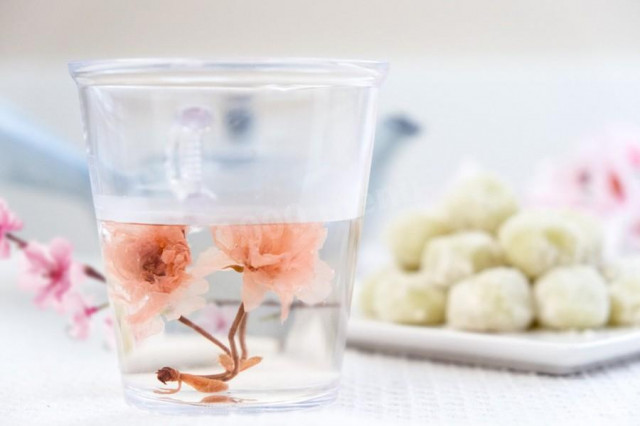Composition / ingredients
Cooking method
Morse can be prepared in different ways. For example, you can cook it, or you can do without it. It is about the second method of preparing a healing and delicious drink that I want to tell you today... Due to the fact that the morse will not be subjected to heat treatment, lingonberries will retain all their vitamins. Especially these wild berries are rich in vitamin C, which makes them excellent helpers in the fight against infections and colds.
Lingonberries for morse can be used both fresh and frozen. In the second case, the berries must be removed from the freezer in advance so that they have time to thaw. Of course, you can pour the berries with warm water, hold for a few minutes and drain the water. This will speed up the process, but it will still be better to defrost the berries gradually, naturally, at room temperature. If we take fresh berries, then we sort them out, removing the spoiled ones, then wash the lingonberries under running water.
Next, we transfer the lingonberries to a sieve, which must be installed on a saucepan or a suitable bowl. We rub the berries through a sieve, leaving only the cake in it. Through this cake, pour the amount of water specified in the recipe into the container, again squeezing the skins of berries with a spoon. The water should be warm or hot - to your taste.
We are waiting for the water to cool down to 30-40 degrees, if hot was used. Then add honey to the drink. It is best to use fresh honey, liquid. But, in principle, anyone will do - just thick honey will dissolve longer in warm water. Mix everything thoroughly.
The drink is ready!
The caloric content of the products possible in the composition of the dish
- Honey - 400 kcal/100g
- Lingonberry - 43 kcal/100g
- Water - 0 kcal/100g
